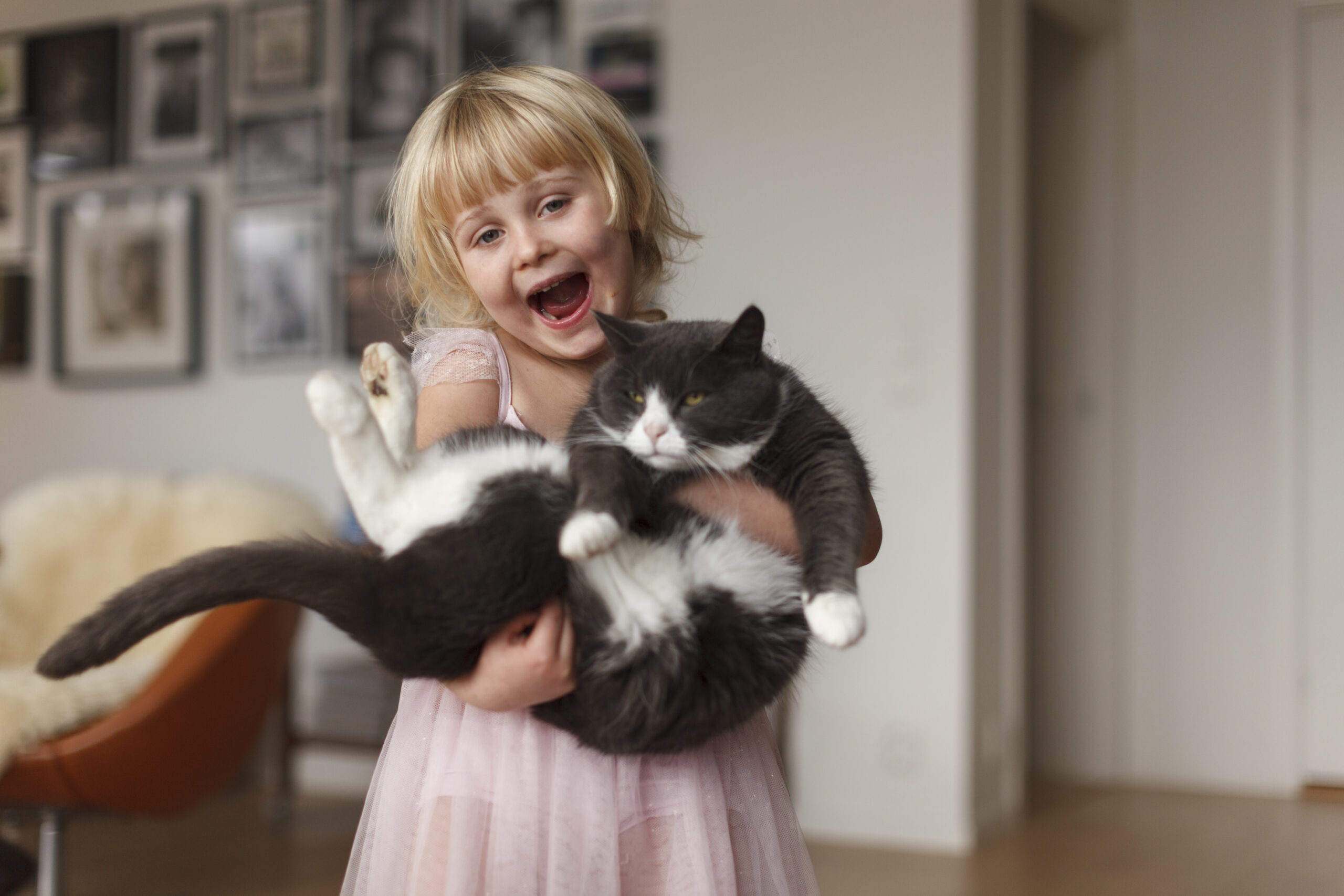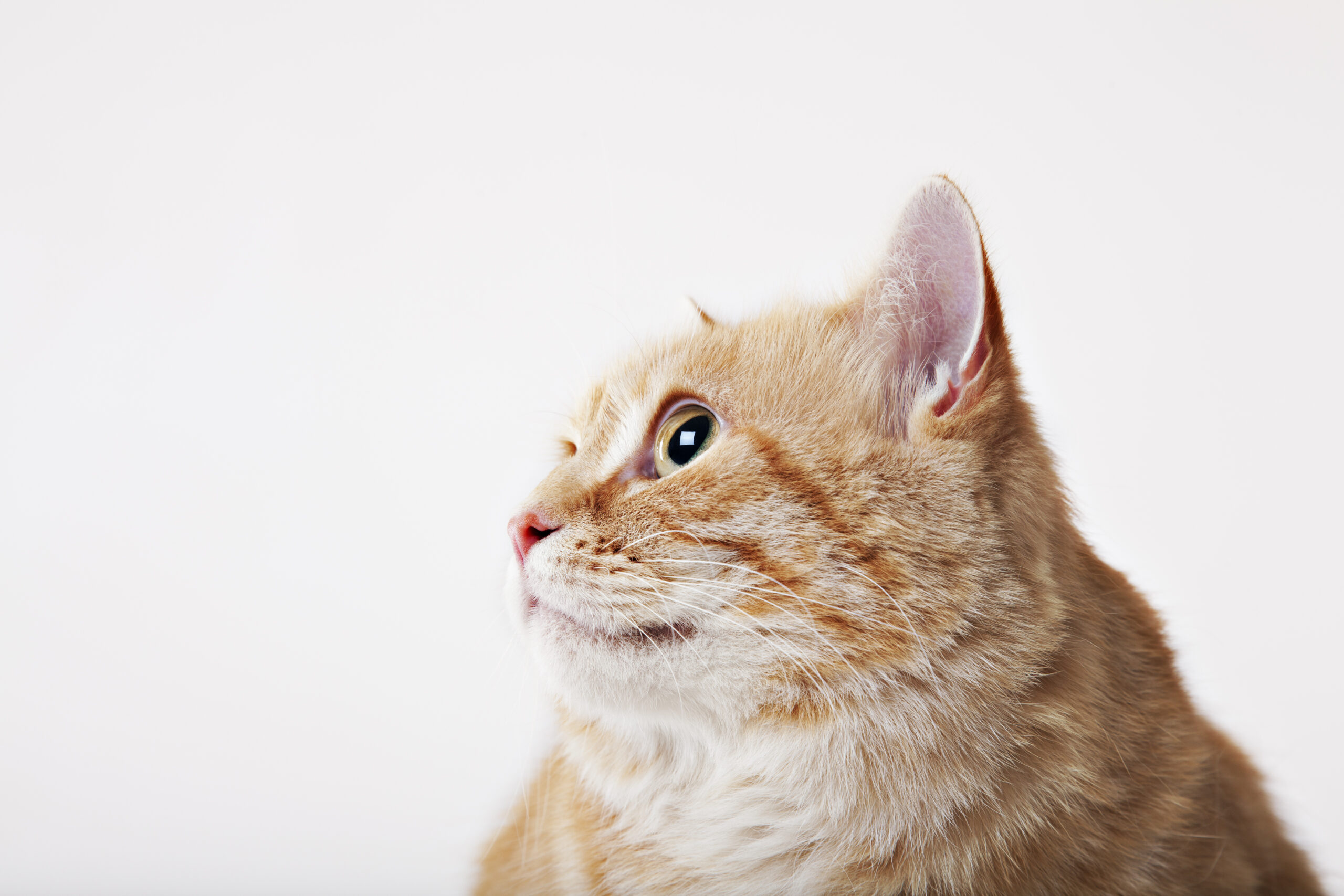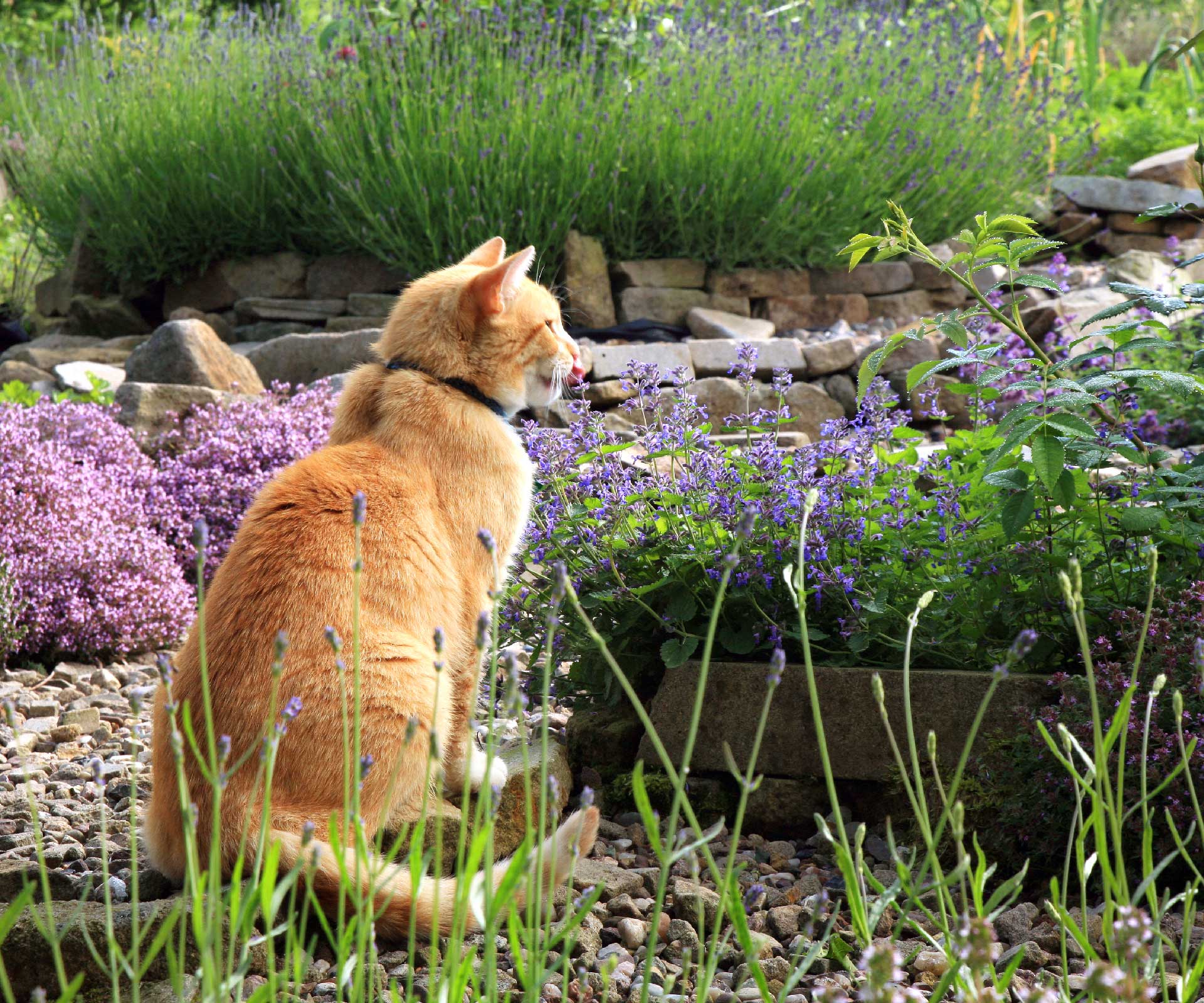Some people seem to instinctively understand what their cat is thinking, but the rest of us get it wrong all the time.
Auckland veterinarian and Purina ONE ambassador Dr Alex Melrose believes cats are actually rather good at telling us what they think. “They’re really expressive – the look you think they’re giving you is probably conveying exactly what they’re thinking or feeling.”
Cats’ most verbal form of communicating with us is meowing and they’ll employ this when they want you to feed them or let them outside or alternatively back in. But they may also greet you with a meow in the mornings or when you arrive home from work. If you want to encourage them to talk more, talk back to them, Dr Melrose suggests. But if they talk too much you can discourage them by not responding to them every time.
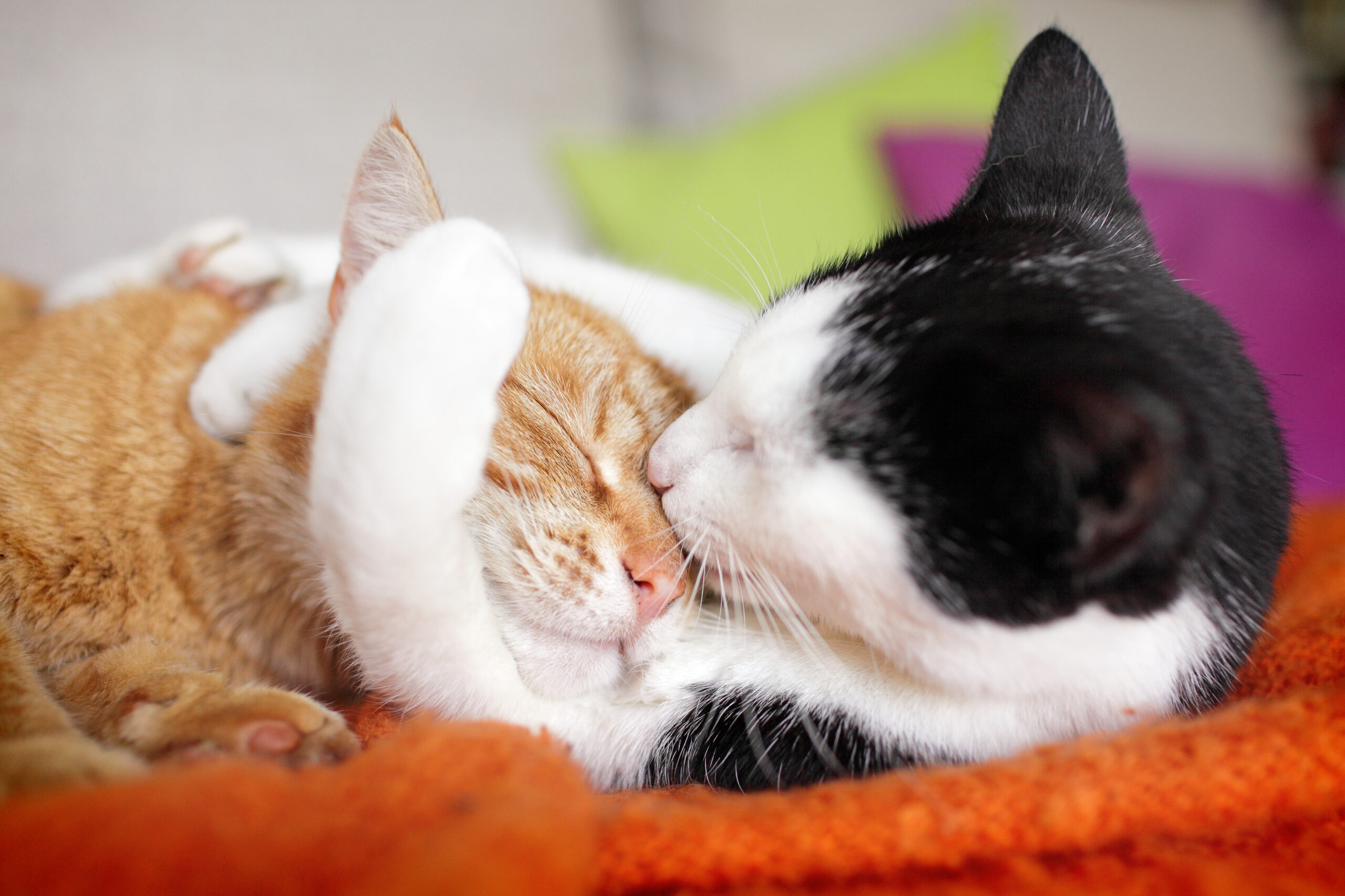
Despite their reputation for being solitary animals cats are social and enjoy our company, and the company of other pets. They can get bored if they don’t get enough attention and one way of them letting you know this is they’ll carry out random attacks on you. An ambush could also mean they’re practicing hunting or feeling a sudden surge of energy (think kittens here).
If they really trust you they’ll roll over and let you stroke their tummy – but don’t try this if they haven’t given you permission.
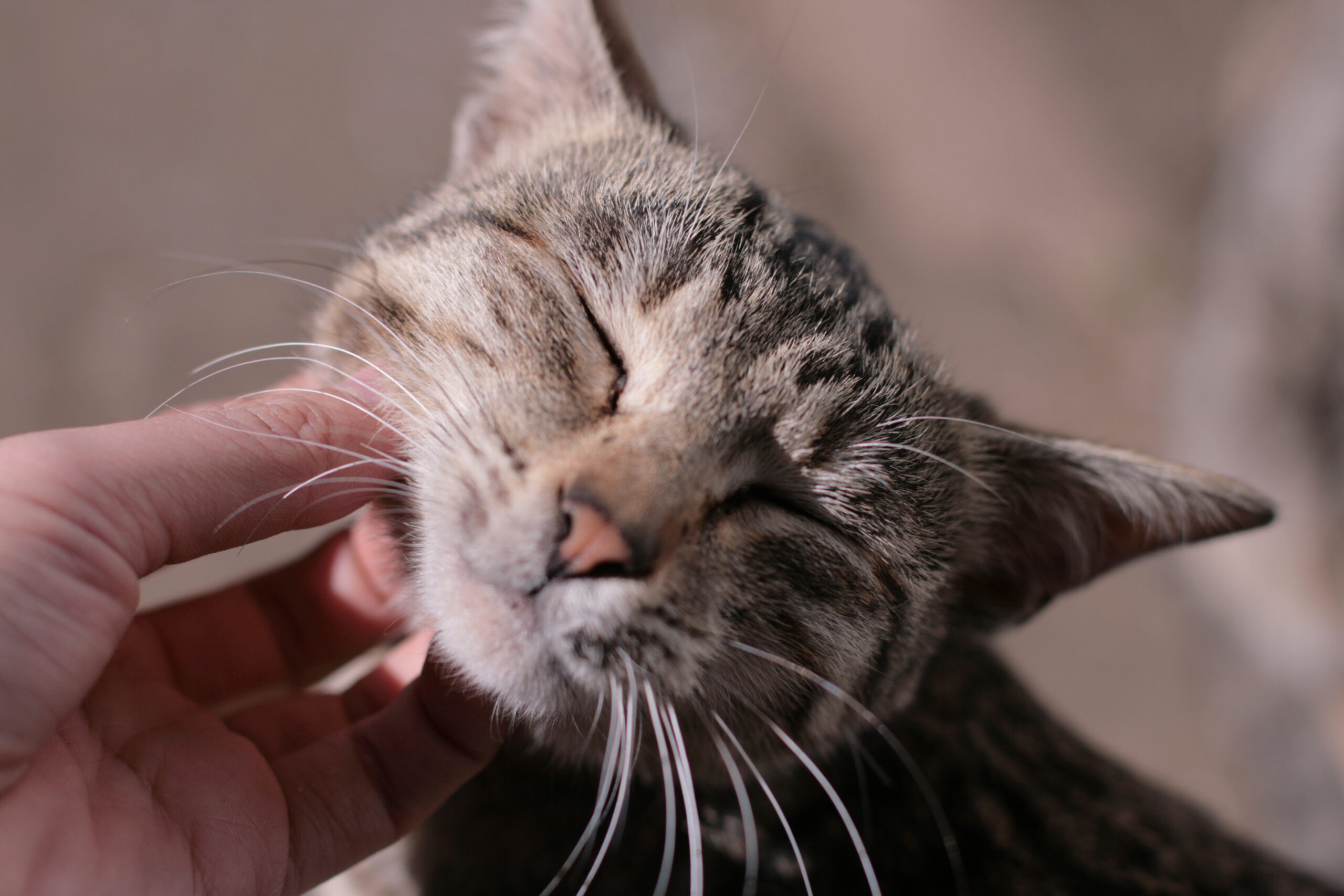
When cats rub against us or an object they’re transferring their scent from the glands in their cheeks; it’s a way of marking their possessions and territory. However Dr Melrose believes that because we respond so well to this behaviour, over time cats have adapted it simply as a way of showing us their affection.
Kneading comes from when they were kittens suckling on their mother’s milk. They feel comfortable and content – and obviously your lap takes them back to those lovely times.
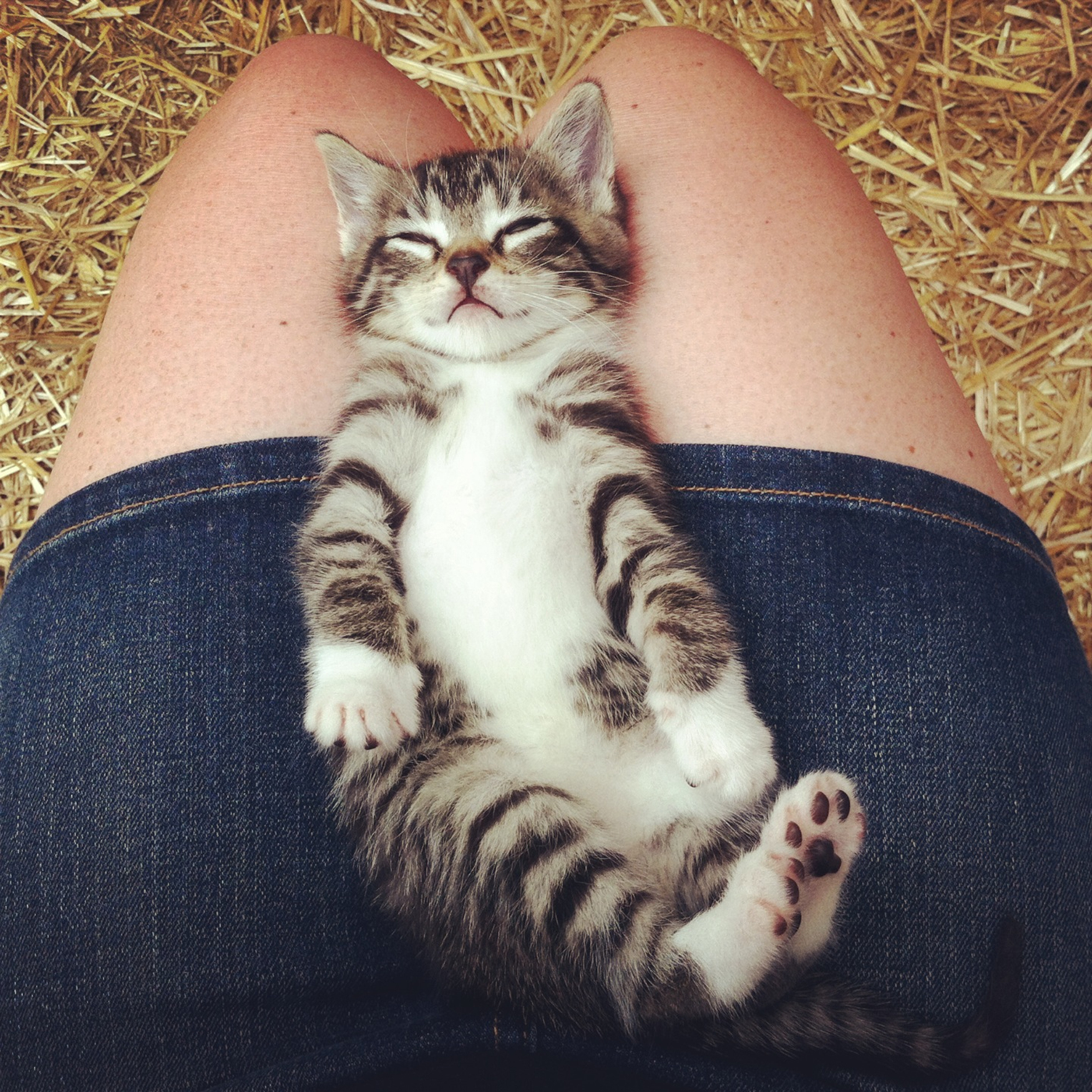
Here are a few other behaviours you’d be mindful to recognise:
Your cat is squinting or winking at you – squint back, she is smiling at you.
She is looking at you in disdain – she is feeling disdain for you.
Her tail is flicking or twitching – she is getting annoyed with you. Stop bothering her and go away.
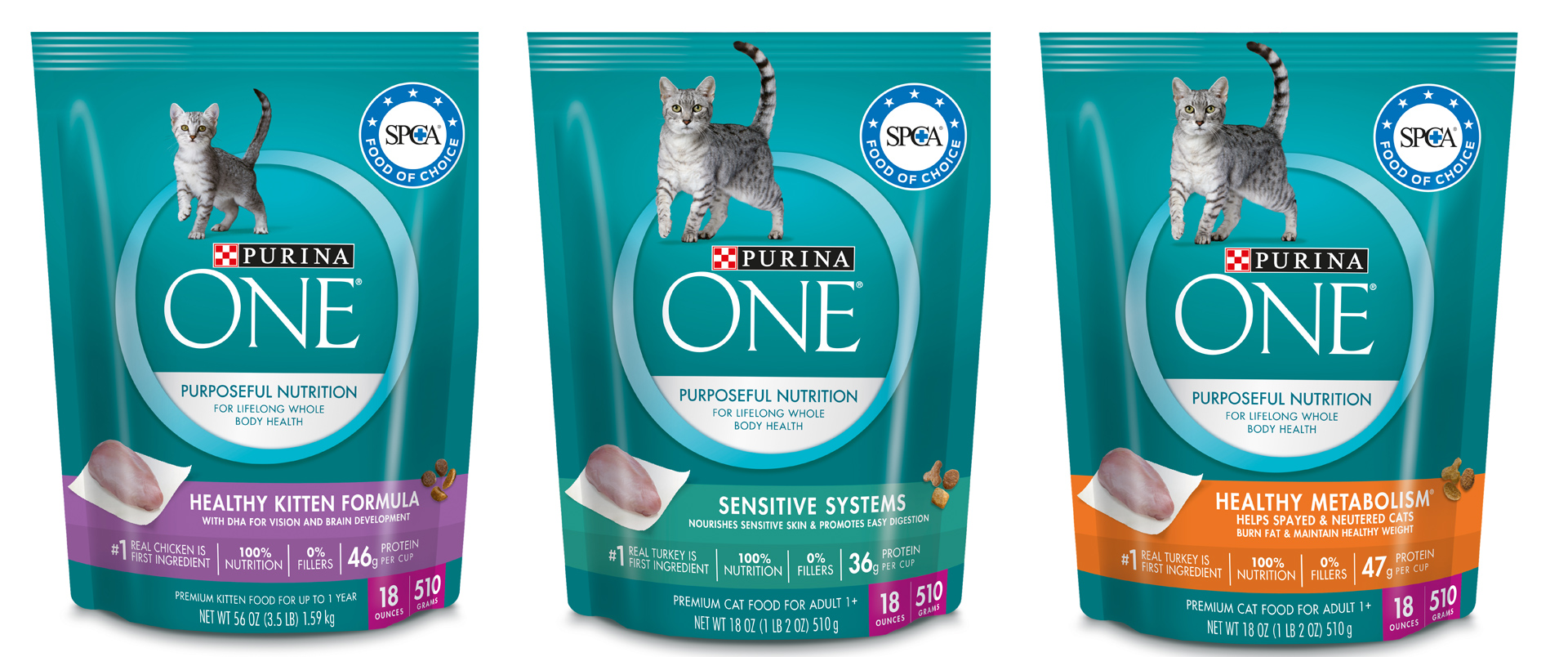
Eating and drinking behaviours:
If your cat seems to be always scratching herself and/or her skin is inflamed she may suffer from food allergies. Get her seen by a veterinarian, who will put her on a food elimination diet to determine the cause of her discomfort. Purina ONE Sensitive Systems formula is specially formulated to support a cats natural digestive system and is gentle on sensitive stomachs.
If your cat is eating or drinking more than usual but not gaining weight, she may be suffering from feline diabetes. Increased urination is another sign. The disorder can be managed with medicine and diet – contact your veterinarian immediately. Purina ONE Healthy Metabolism provides just the right balance of nutrition and L-Carnitine to help cats maintain a healthy weight.
All cats throw up occasionally to get rid of hairballs. Your cat will also throw up if she’s eating too quickly. When cats eat too quickly they often swallow their kibble whole and end up gagging on it. To slow down a scoffer, feed a larger kibble size so she has to take longer to chew and swallow. You could also try feeding smaller portions more often, or using a food distributor ball. If you have more than one cat, feed them in separate areas so they don’t compete for food. If the problem continues, call your veterinarian. . Purina ONE Hairball formula features a natural fibre blend to help minimise hairballs.
Purina ONE is a range of premium quality cat food designed to meet the specific needs of cats through every life stage with 100 percent nutrition, no fillers and real meat as the first ingredient. Purina ONE is proud to be the SPCA food of choice helping feed cats in SPCA centres throughout New Zealand.
For more information go to www.purinaone.co.nz.
